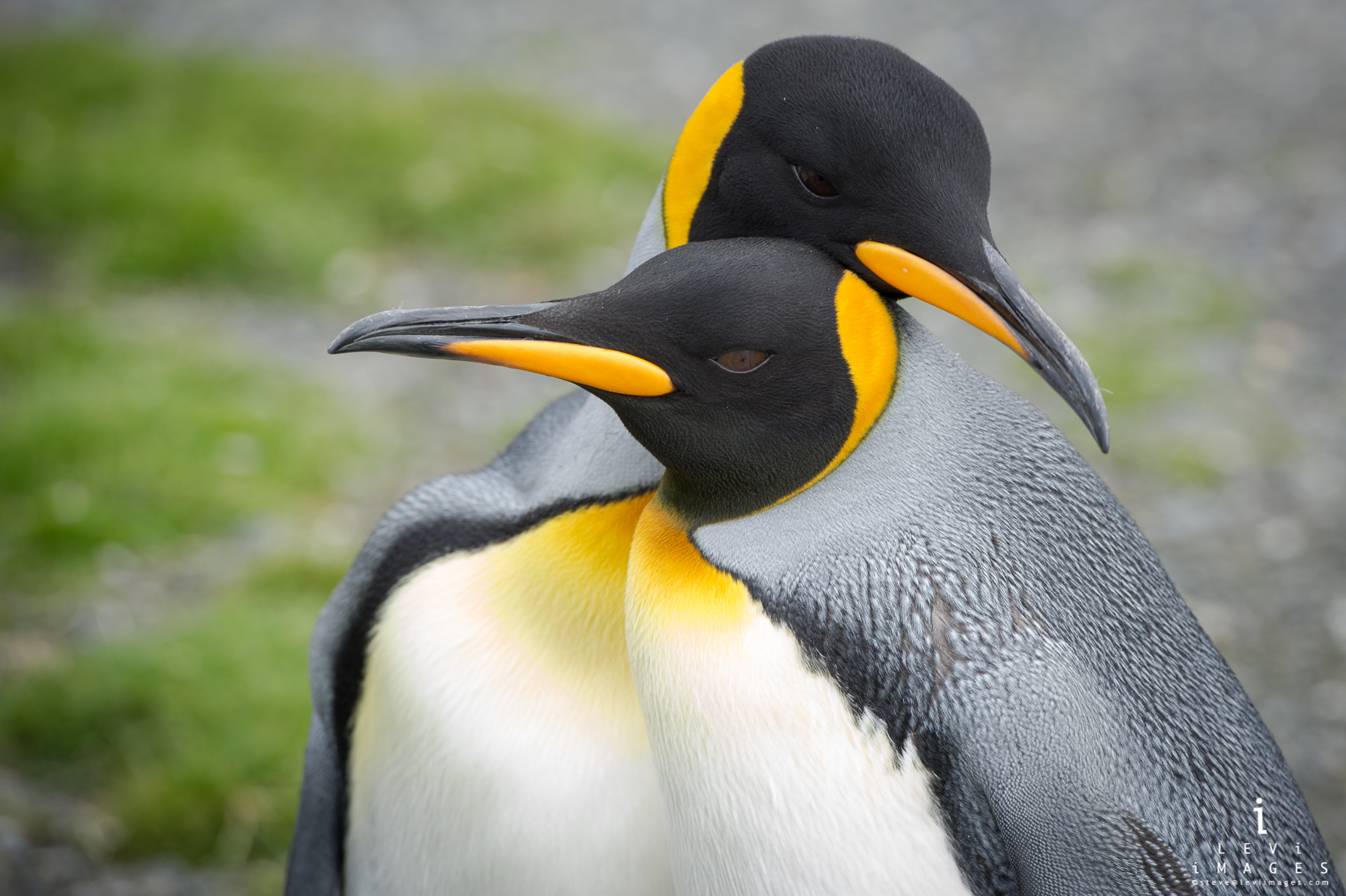Need an in-depth understanding of "The Penguin: A Comprehensive Guide To Classification, Behavior, And Conservation"? We've got you covered.
Editor's Notes: "The Penguin: A Comprehensive Guide To Classification, Behavior, And Conservation" have published today date and aims to offer an extensive knowledge on penguin species, their behaviors, and conservation efforts. This guide is crucial for researchers, conservationists, bird enthusiasts, and anyone seeking a deeper comprehension of these captivating creatures.
Through extensive analysis and meticulous research, we present this all-inclusive guide to assist readers in grasping the intricacies of penguin biology, behaviors, and conservation initiatives.
Key Differences or Key Takeaways:
Transition to main article topics
FAQ
This section addresses common questions and misconceptions about penguins, providing a deeper understanding of these fascinating birds.
![🔥 [50+] King Penguin Wallpapers | WallpaperSafari 🔥 [50+] King Penguin Wallpapers | WallpaperSafari](https://cdn.wallpapersafari.com/51/59/ayv8ZS.jpg)
🔥 [50+] King Penguin Wallpapers | WallpaperSafari - Source wallpapersafari.com
Question 1: How do penguins stay warm in freezing waters?
Penguins have evolved exceptional adaptations to withstand the frigid waters of their habitats. Their dense, waterproof feathers create a layer of insulation, while a thick layer of blubber beneath provides further protection. Additionally, penguins exhibit huddling behavior, forming tight groups to conserve heat.
Question 2: Can penguins fly?
The wings of penguins have evolved for swimming rather than flying. They use their wings to propel themselves underwater, giving them exceptional mobility and agility in the water.
Question 3: What is the lifespan of a penguin?
Penguin lifespans vary significantly depending on the species. Some smaller penguins, such as the Adélie penguin, can live up to 20 years, while larger species like Emperor penguins can have lifespans of up to 50 years.
Question 4: Are penguins threatened by climate change?
Climate change poses significant threats to penguin populations. Rising sea levels erode their breeding grounds, while changes in ocean currents and food availability affect their survival. Penguins rely heavily on sea ice for breeding and foraging, and its decline due to warming temperatures has had detrimental effects on their populations.
Question 5: What is being done to protect penguins?
Conservation efforts are underway to protect penguins from the impacts of climate change and other threats. Conservationists work to reduce pollution, establish marine protected areas, and monitor penguin populations to ensure their long-term survival.
Question 6: Where can I learn more about penguins?
For further exploration of the intriguing world of penguins, refer to the comprehensive guide The Penguin: A Comprehensive Guide To Classification, Behavior, And Conservation.
By addressing these common questions, we gain a deeper understanding of the unique adaptations and challenges faced by penguins. Their survival depends on our collective efforts to protect their habitats and mitigate the impacts of climate change.
Transition to the next article section: Learn about the diverse habitats and unique adaptations of penguins in the next section on "Exploring the Penguin's Arctic and Antarctic Kingdoms"
Tips
To conclude the extensive guide on penguins, consider these practical tips to enhance your understanding and appreciation of these remarkable creatures:
Tip 1: Explore Scientific Literature
Delve into scientific journals and research papers to gain a deeper understanding of penguin behavior, classification, and conservation efforts. The International Journal of Avian Science and the Polar Biology journal offer valuable insights.
Tip 2: Observe Penguins in Their Natural Habitat
Witness the awe-inspiring behavior of penguins firsthand by visiting Antarctic or sub-Antarctic regions. Respect wildlife guidelines and maintain a safe distance, allowing you to observe their natural behaviors and adaptations.
Tip 3: Collaborate With Conservation Organizations
Join forces with organizations dedicated to penguin conservation, such as the World Wildlife Fund or the International Union for Conservation of Nature. Volunteer or donate to support their vital work in protecting penguin habitats and promoting sustainable practices.
Tip 4: Educate Others
Share your knowledge about penguins with friends, family, and the community. Raise awareness about their vulnerability and the importance of safeguarding their habitats. Use social media or give presentations to inspire action.
Tip 5: Reduce Environmental Impact
Protect penguins and their ecosystems by adopting eco-friendly practices. Reduce plastic consumption, recycle properly, and support industries committed to sustainability. Our actions can positively impact their long-term survival.
By embracing these tips, you become an informed advocate for penguins, contributing to their conservation and ensuring their presence in the world for generations to come.
The Penguin: A Comprehensive Guide To Classification, Behavior, And Conservation
Penguins, flightless, aquatic birds, present a captivating subject for exploration. Their unique characteristics, behaviors, and conservation concerns warrant a comprehensive examination.

1598444Squishmallows Plush Ornaments 8 Pack Traditional C... - Source www.costco.com.au
- Taxonomy: Penguins belong to the order Sphenisciformes, a distinct group of birds.
- Morphology: Their streamlined bodies, adapted for swimming, feature wings evolved into flippers.
- Behavior: Penguins exhibit social behaviors, forming colonies for breeding and protection.
- Diet: Primarily piscivorous, penguins hunt for fish, squid, and krill in the ocean.
- Distribution: Penguins are primarily found in the Southern Hemisphere, inhabiting coastal regions and islands.
- Conservation: Penguins face threats such as climate change, pollution, and habitat loss, necessitating conservation efforts.
These key aspects underscore the fascinating world of penguins. Their taxonomic distinction and morphological adaptations have shaped their behavior and ecological roles. Understanding these aspects is crucial for appreciating their significance and implementing effective conservation measures to ensure their survival.
The Penguin: A Comprehensive Guide To Classification, Behavior, And Conservation
"The Penguin: A Comprehensive Guide To Classification, Behavior, And Conservation" offers a detailed exploration of penguin species, their behaviors, and conservation efforts. Understanding the subject is crucial for several reasons. Firstly, penguins are unique and fascinating creatures that have adapted to harsh environments, making them valuable for scientific research. Secondly, the guide provides insights into conservation strategies, highlighting the importance of protecting penguin habitats and populations. Thirdly, the knowledge gained from this guide can help raise awareness about penguin conservation and inspire action to ensure their survival.
The guide covers a wide range of topics, including penguin taxonomy, distribution, and behavior. It also discusses the threats penguins face, such as climate change, habitat loss, and overfishing. The guide concludes with a call to action, urging readers to support conservation efforts and protect penguins for future generations.

King penguin (Aptenodytes patagonicus) pair displaying courting - Source www.leviimages.com
By providing a comprehensive understanding of penguins, this guide serves as an invaluable resource for researchers, conservationists, and anyone interested in these remarkable birds. It is a valuable addition to the field of ornithology and contributes significantly to our knowledge of penguin biology and conservation.
Conclusion
In conclusion, "The Penguin: A Comprehensive Guide To Classification, Behavior, And Conservation" is a comprehensive and informative resource that provides valuable insights into penguin species, their behaviors, and conservation challenges. Understanding these aspects is crucial for scientific research, conservation efforts, and raising awareness about the importance of penguin preservation. The guide's detailed analysis and call to action empower readers to contribute to the protection of these remarkable creatures and their habitats, ensuring their survival for future generations.